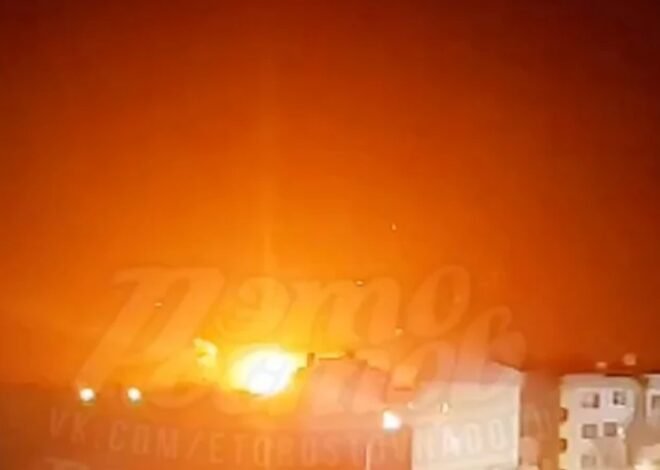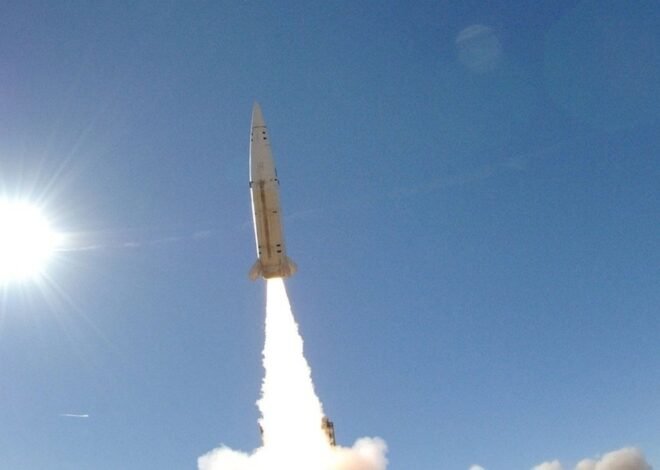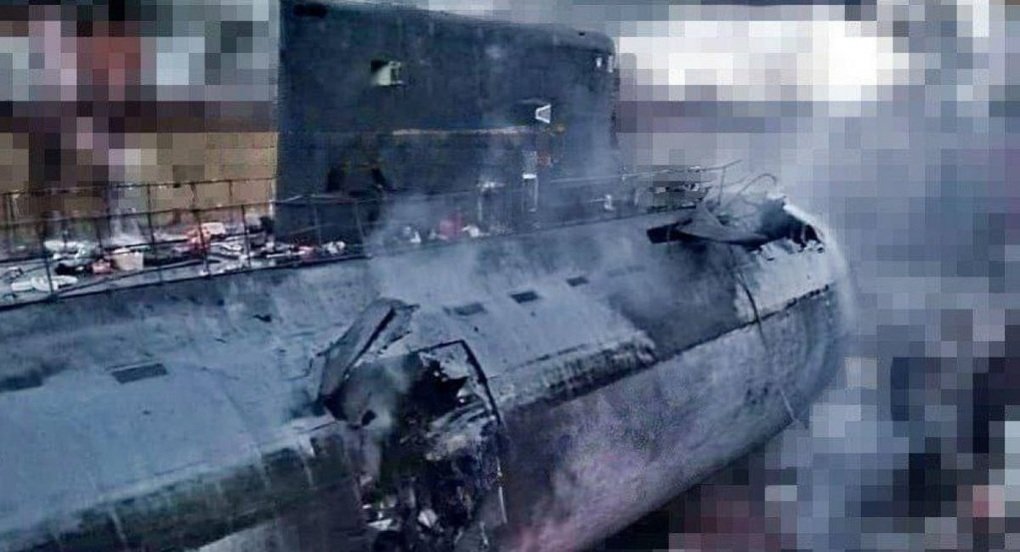
Ukraine’s `villain` Storm Shadow makes things difficult for the Russian army
(Dan Tri) – The repeated success of the Storm Shadow/SCALP cruise missile that Britain and France aided in Ukraine has cast a shadow over the Russian military.
Russia’s Kilo-class submarine named Rostov-on-Don was destroyed by Ukraine in Sevastopol (Photo: UP).
Is the Storm Shadow missile too modern?
On September 13, 2023, British television station Sky News quoted unnamed Western and Ukrainian sources as saying that the Ukrainian army used Storm Shadow missiles provided by London to Kiev to attack the factory.
Three Storm Shadow missiles hit the target, damaging an amphibious ship and a Kilo-class submarine in dry dock, causing a fire and explosion at the facility, and injuring several people.
The Russian Ministry of Defense did not describe the missiles involved, but only said there were 10 missiles, of which 7 were intercepted.
`It’s Storm Shadow,` an anonymous source told Sky News, which called the attack audacious.
Storm Shadow and SCALP cruise missiles supplied to Ukraine by Britain and France respectively have so far caused great losses to the Russian military.
In September 2023, in just 29 days, multiple Ukrainian Storm Shadow attacks destroyed the headquarters of the Russian Navy’s Black Sea Fleet, airstrikes on the Crimean bridge and precision strikes on a headquarters.
Initially, the provision of Storm Shadow cruise missiles to Ukraine by Britain and France did not seem to attract much attention from Moscow.
For example, the range of the Storm Shadow missile is 560km for models equipped with the British and French armies, and about 250-300km for export models.
The reason why the Storm Shadow missile only reaches a few hundred kilometers and is like most other weapons in Europe is because the manufacturer and ordering country do not pursue super long range like the US and Russia but follow a
We can see that in Europe there are no long-range strategic bombers, or even heavy fighters.
Besides the short range, the Storm Shadow missile’s integrated guidance mode of `satellite image + infrared + inertial guidance` is not anything too special, China’s long-range cruise missile
As early as the Gulf War in the early 1990s, the US military’s early Tomahawk cruise missiles demonstrated such attack capabilities.
Another example is the vaunted `terminal image comparison guidance mode` on the Storm Shadow missile, which means the missile takes an image of the target and compares it with the real image as the missile approaches the target.
In other words, the Storm Shadow cruise missile itself is not a game-changing missile, it has a penetration attack mode at subsonic speed with extremely low flight altitude, which is also a breakthrough mode.
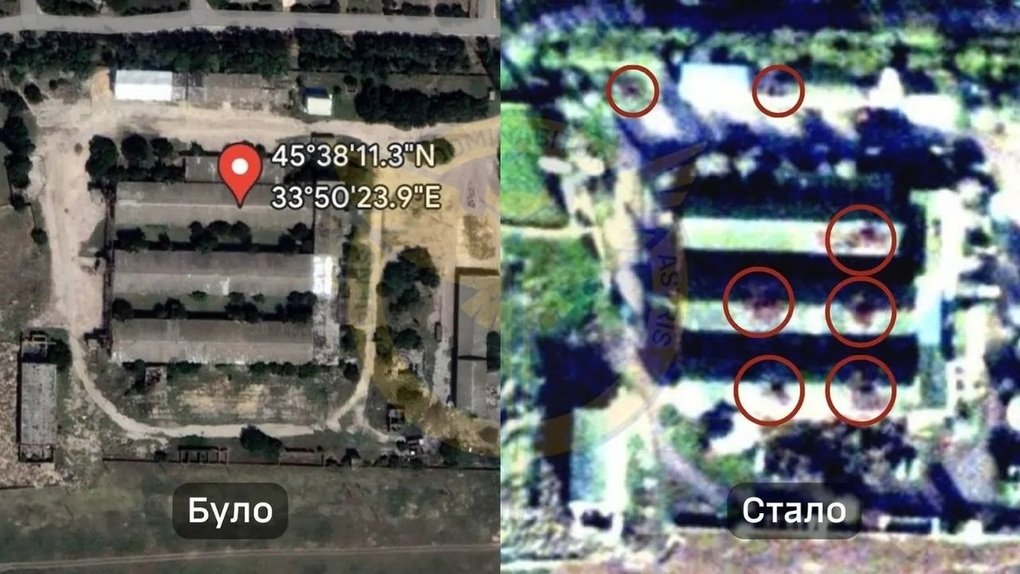
Satellite images show damage to Russia’s ammunition depot in Crimea (small image on the right) after Ukraine’s attack on January 4 (Photo: Ukrainian Defense Intelligence).
Why is Russian air defense interception ineffective?
When it comes to why the Ukrainian military is able to regularly successfully use this type of missile, the biggest problem is that Russia’s air defense system has problems.
Not long ago, Kiev used a large number of suicide drones (UAVs) to attack targets deep within Russian territory.
The Storm Shadow cruise missile is much more powerful than UAVs, its flight speed is Mach 0.8-0.95 and can fly at an extremely low altitude of 100m, even sticking to the terrain, just above the ground.
Although the Russian air defense force has many weapons capable of intercepting Storm Shadow such as the Pantsir-S1, S-300, S-400 air defense missile systems and even the Buk-M2 and Tor-M2.
However, to intercept a target with subsonic speeds like Storm Shadow, with certain stealth capabilities and especially low flying features, the target must be detected early.
No matter how powerful ground-based air defense radars are, they all have weaknesses in detecting such low-flying targets.
The Russian Air Force’s A-50U early warning and airborne command aircraft are fully capable of detecting this type of target from very far away, but due to their small number, at least 2 of them were lost.
It can be said that the Ukrainian army has taken advantage of the current air defense weakness of the Russian army, combined with the intelligence advantage provided by NATO, to successfully attack with this type of missile many times.
Another notable point is that the West helped Ukraine improve outdated Su-24 and Su-27 fighter jets from the Soviet era to be able to use NATO weapons.

Ukrainian Su-24 bomber carrying Storm Shadow cruise missile (Photo: The Drive).
According to Russian media sources, Ukraine’s Storm Shadow missile was launched from a Su-24M bomber and did not use any information provided by the aircraft, either before or after launch.
The Storm Shadow missile is pre-programmed to follow waypoints to the target’s location, using an inertial navigation system, supported by GPS and a terrain contour comparison system.
From this perspective, the Russian military’s air control ability is weak, even though its tactical air force uses Su-35 fighters to gain air superiority and compared to the Russian Su-24M.
However, the fact that Ukraine’s Su-24M can still take off and launch Storm Shadow missiles to successfully attack targets shows that Russia has not really achieved air superiority.
Will dissecting Storm Shadow help Russia counter this missile?
According to RIA Novosti, the Russian Army has obtained a number of relatively intact Storm Shadow missiles and handed them over to weapons manufacturing agencies for research, to find ways to deal with them.
On March 29, RIA Novosti released a video recording Russian experts disassembling a Ukrainian Storm Shadow cruise missile captured in relatively intact condition on the battlefield.
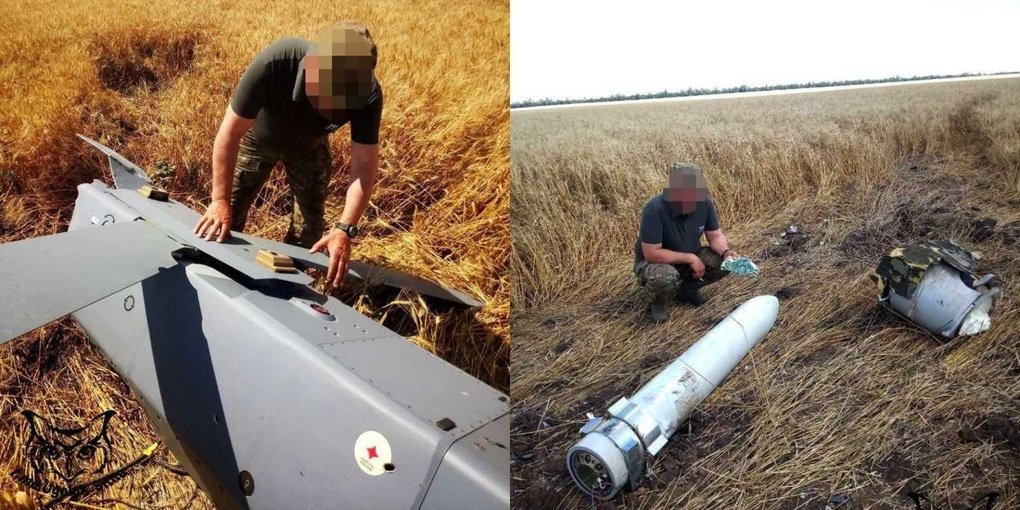
Russia obtained a relatively intact Storm Shadow missile (Photo: Eurasian Times).
The image shows that the Storm Shadow shell has part of its wing broken, but the outer composite shell and the structure of the internal parts are intact.
`We are researching technologies to find ways to disable them,` said RIA Novosti sources.
Currently, the UK and France have provided many batches of Storm Shadow/SCALP missiles to Ukraine, with hundreds or even thousands in their warehouses.
